Get out of the way
/This tweet from the Ecological Society of America conference was interesting:
This kind of thing is not new — many conferences have 'No photos' signs around the posters and the talk sessions. 'No tweeting' seems pretty extreme though. I'm not sure if that's what the ESA was pushing for in this case, but either way the message is: 'No sharing stuff'. They do have a hashtag though, so...
Anyway, I tweeted this in response:
I think this tells you just as much about how broken the conference model is, as about how naïve/afraid our technical societies are.
I think there's a general rule: if you're trying to control the flow of information, you're getting in the way. You're also going to be disappointed because you can't control the flow of information — perhaps because it's not yours to control. I want to say to the organizers: The people you invited into your society are, thankfully, enthusiastic collaborators who can't wait to share the exciting things they heard at your conference. Why on earth would you try to shut that down? Why wouldn't you go out of your way to support them, amplify them, and find more people like them?
But wait, the no-tweeting society asks, what if the author didn't want anyone to share their work? My first question is: why did you give a talk then? My second question is: did the sharer give you proper attribution? If not — you are right to be annoyed and your society should help set this norm in your community. If so — see my first question.
Technical societies need to get over the idea that they own their communities and the knowledge their communities produce. They fret about revenue and membership numbers, but they just need to focus on making their members' technical and professional lives richer and more connected. The rest will take care of itself.
Interested in this topic? Here's a great post about tweeting at conferences, by Jacquelyn Gill. It also links to lots of other opinions, and there are lots of comments.
Image by Rob Salguero-Gómez.


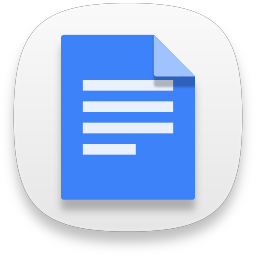




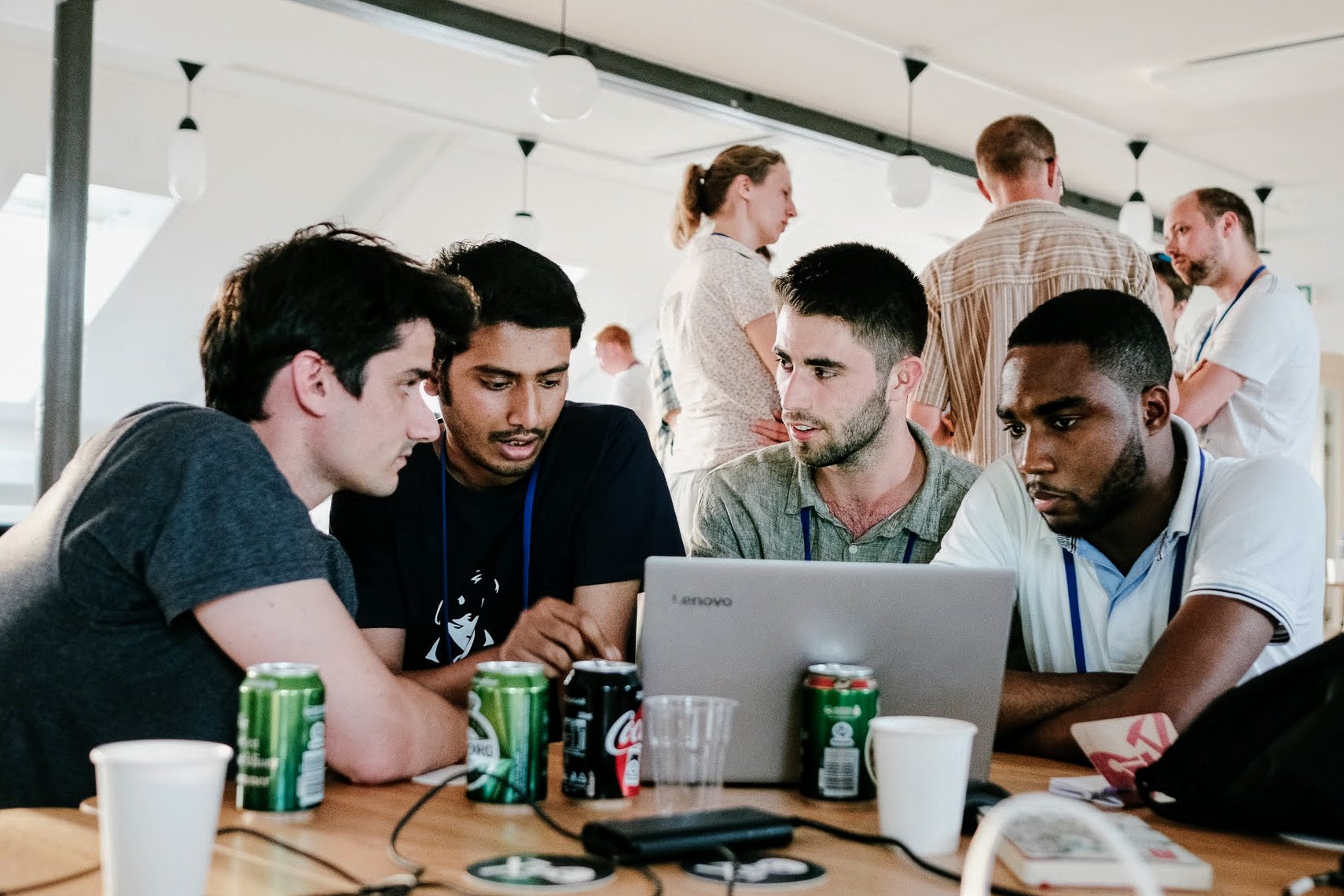















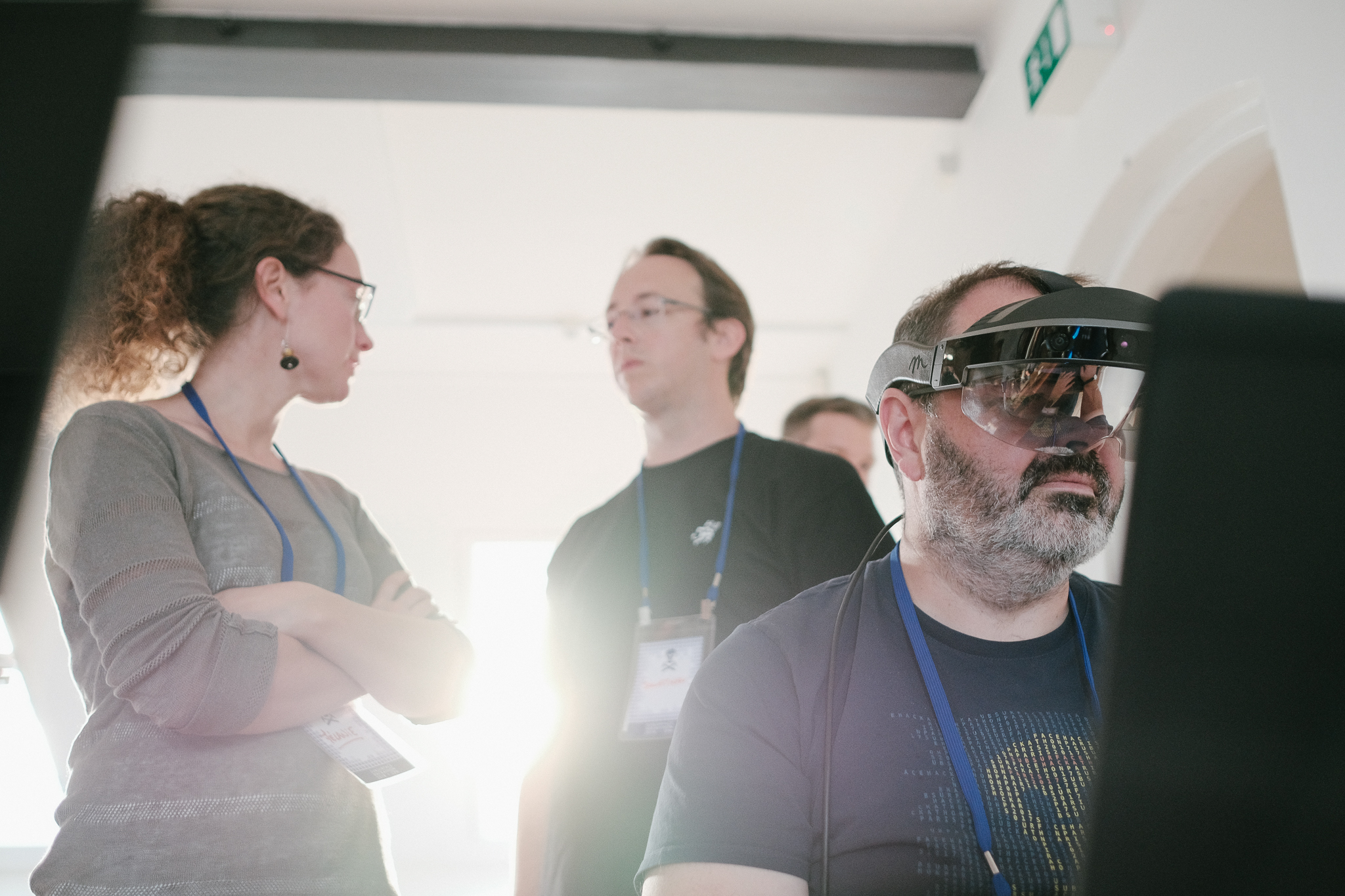

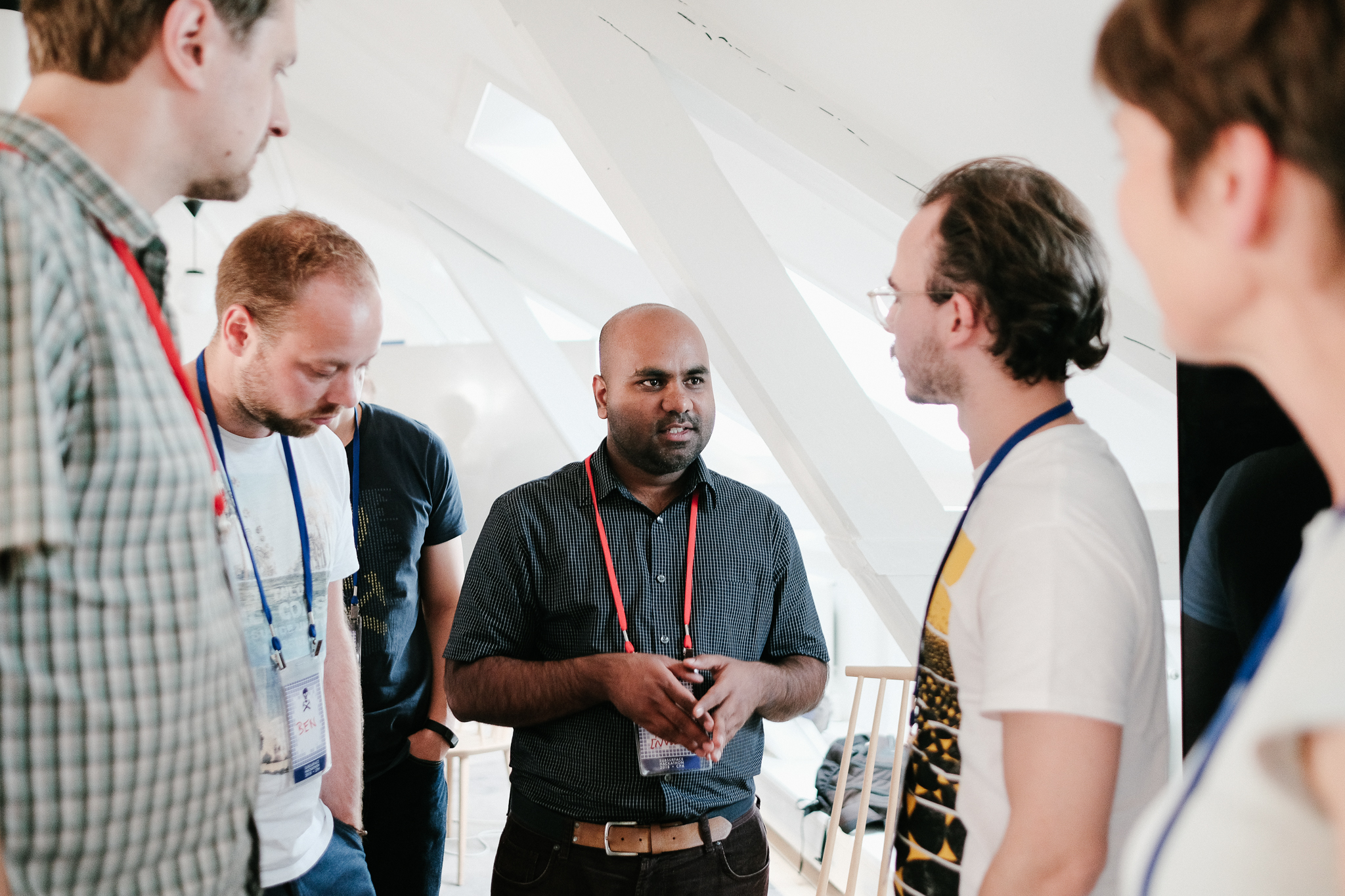

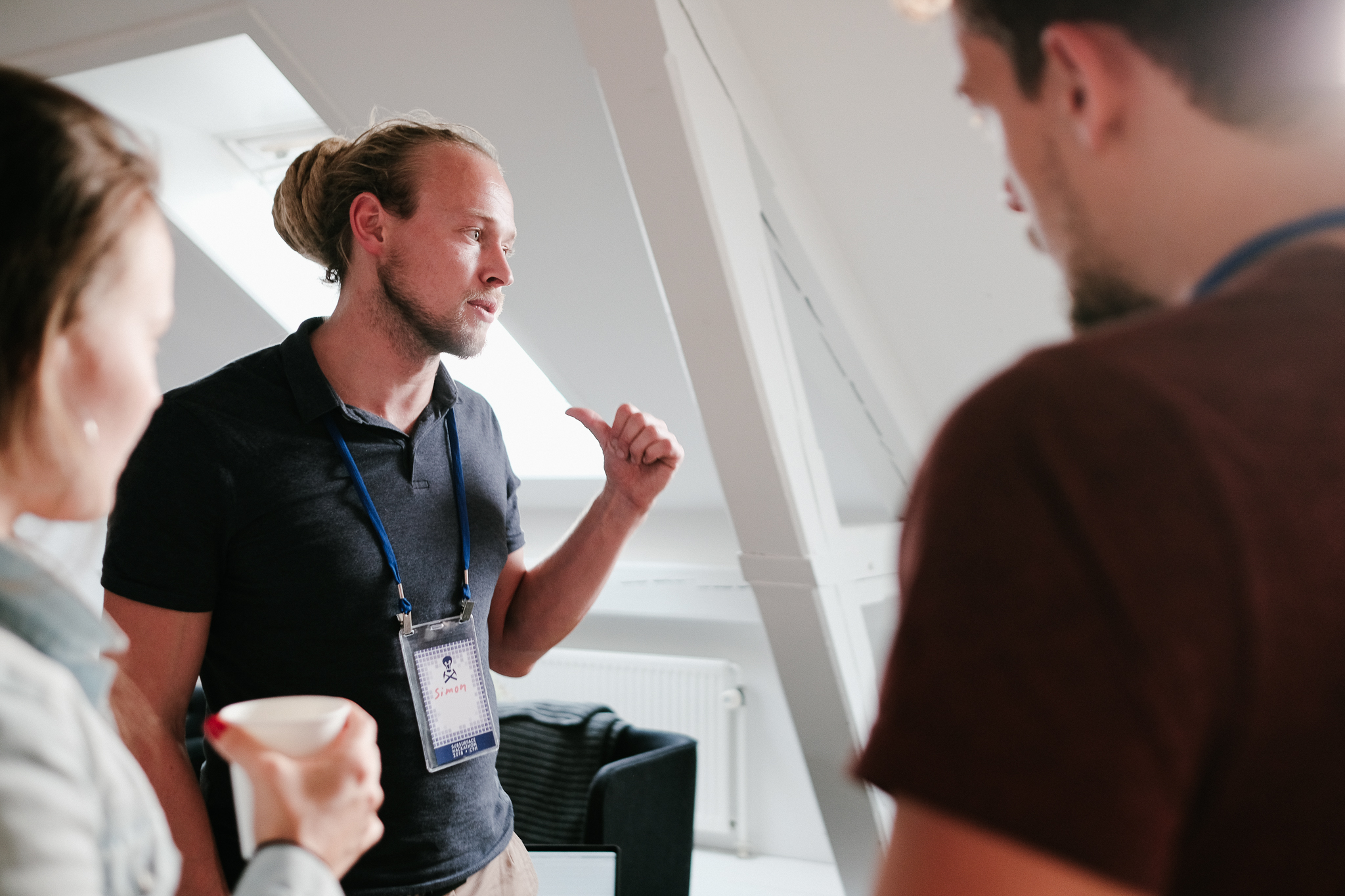
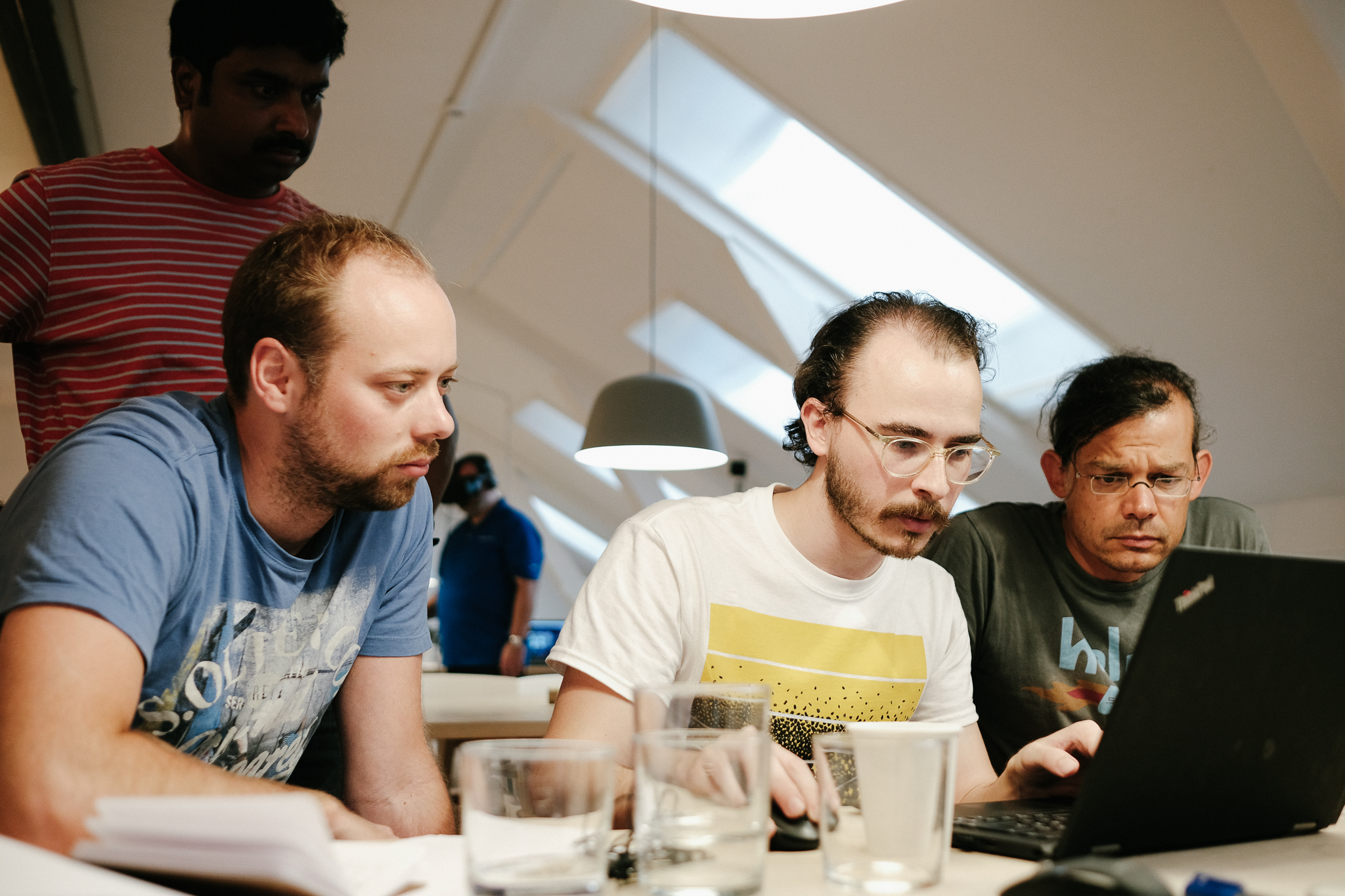

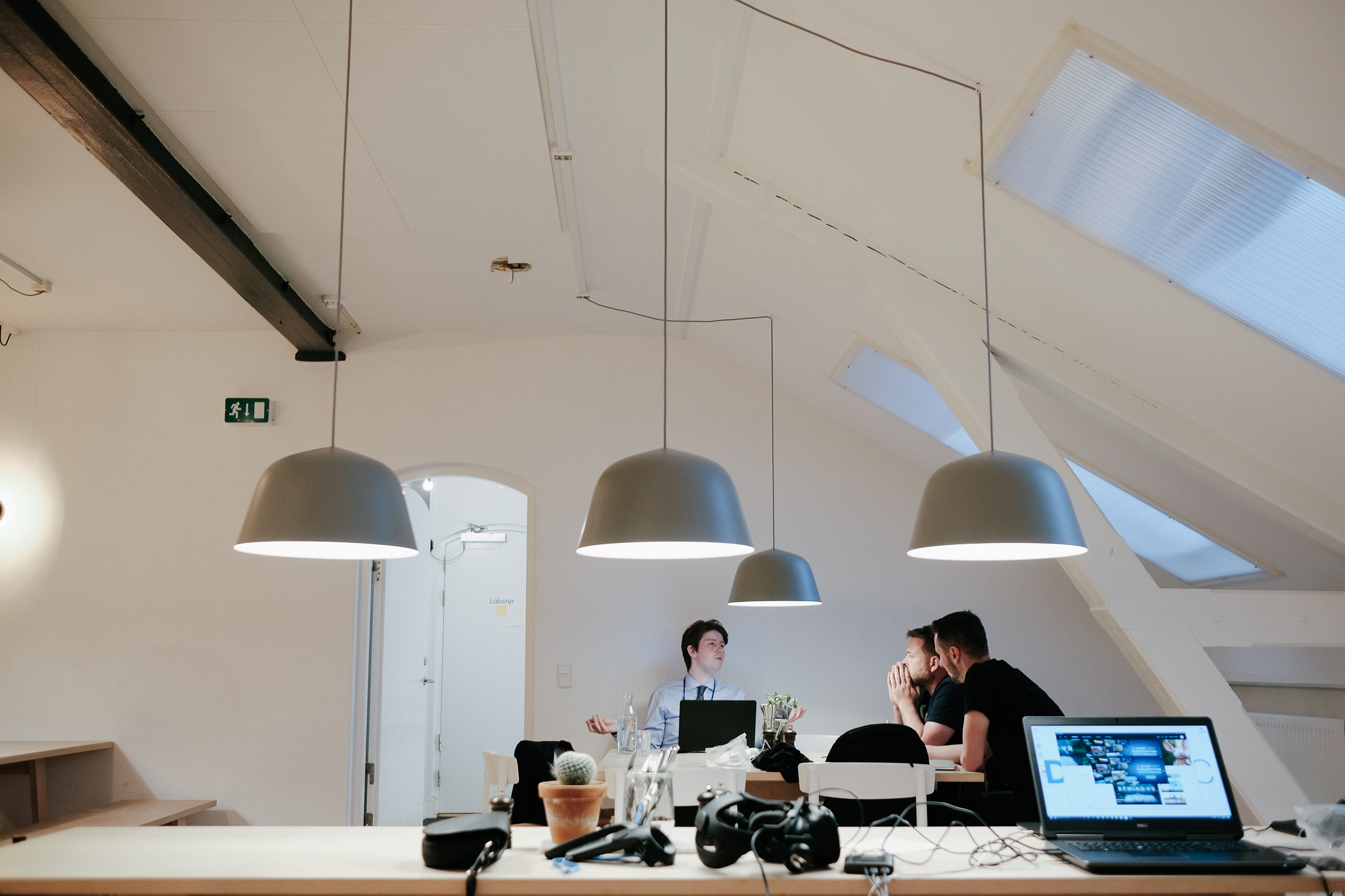
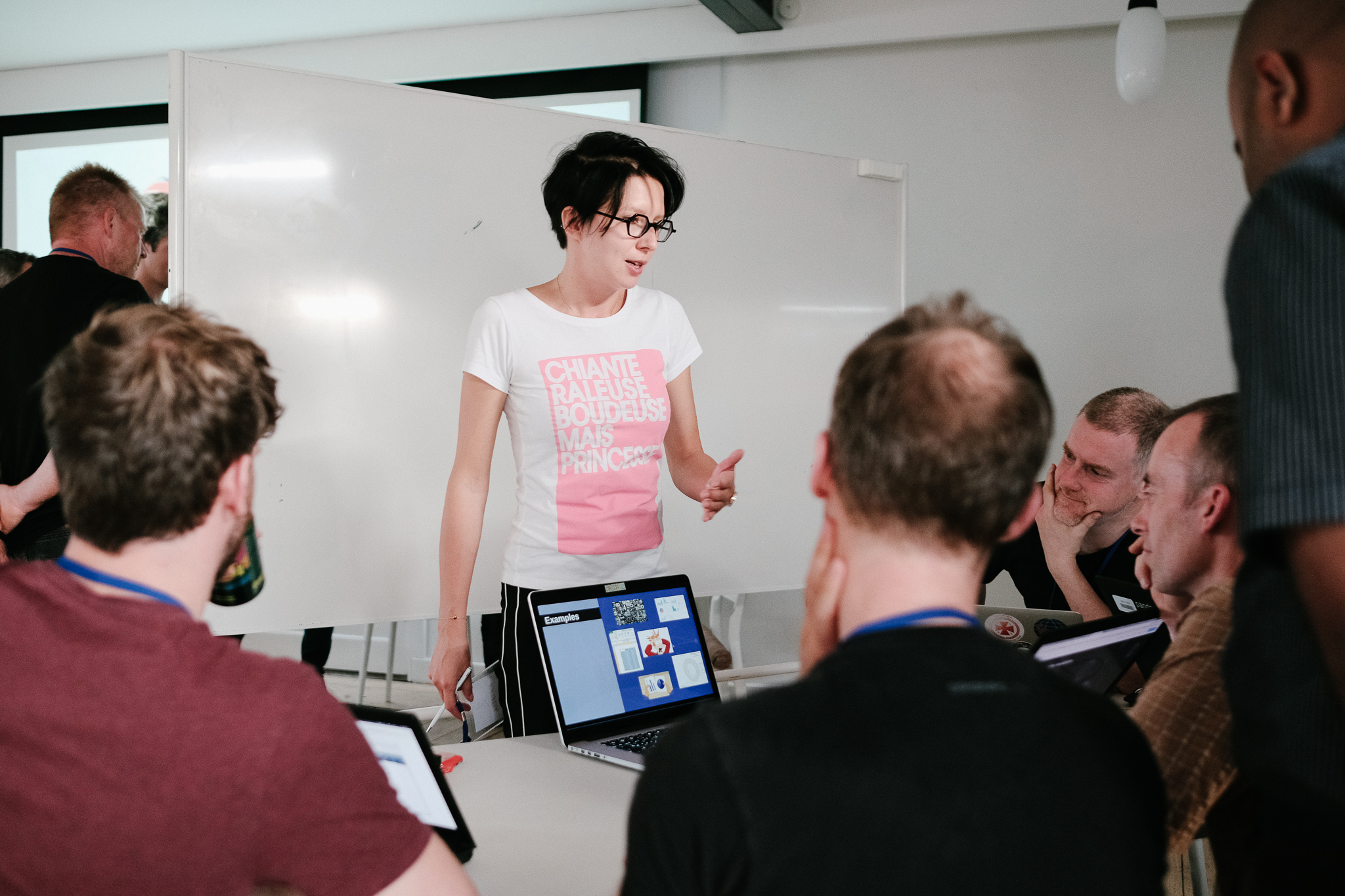
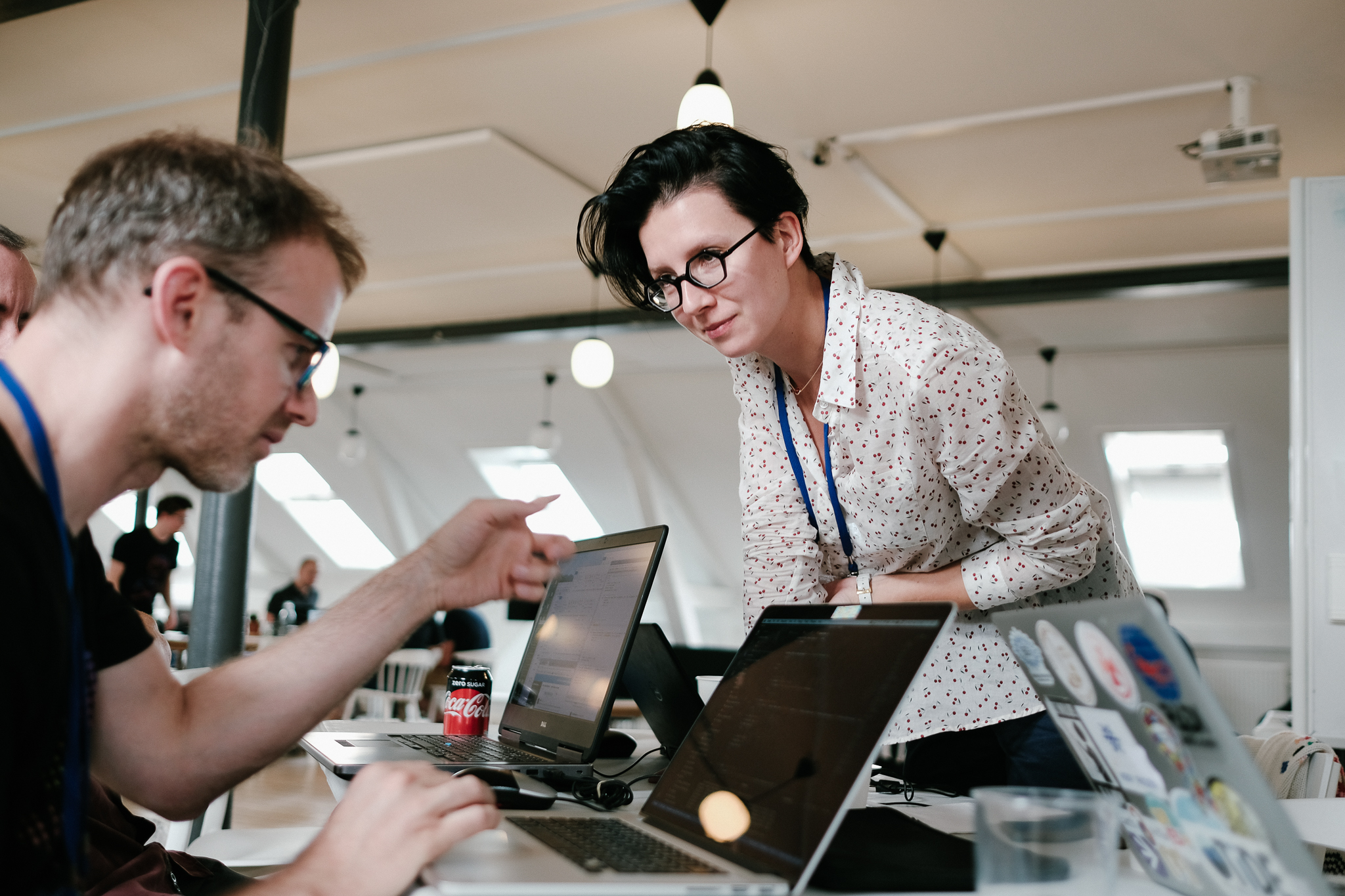

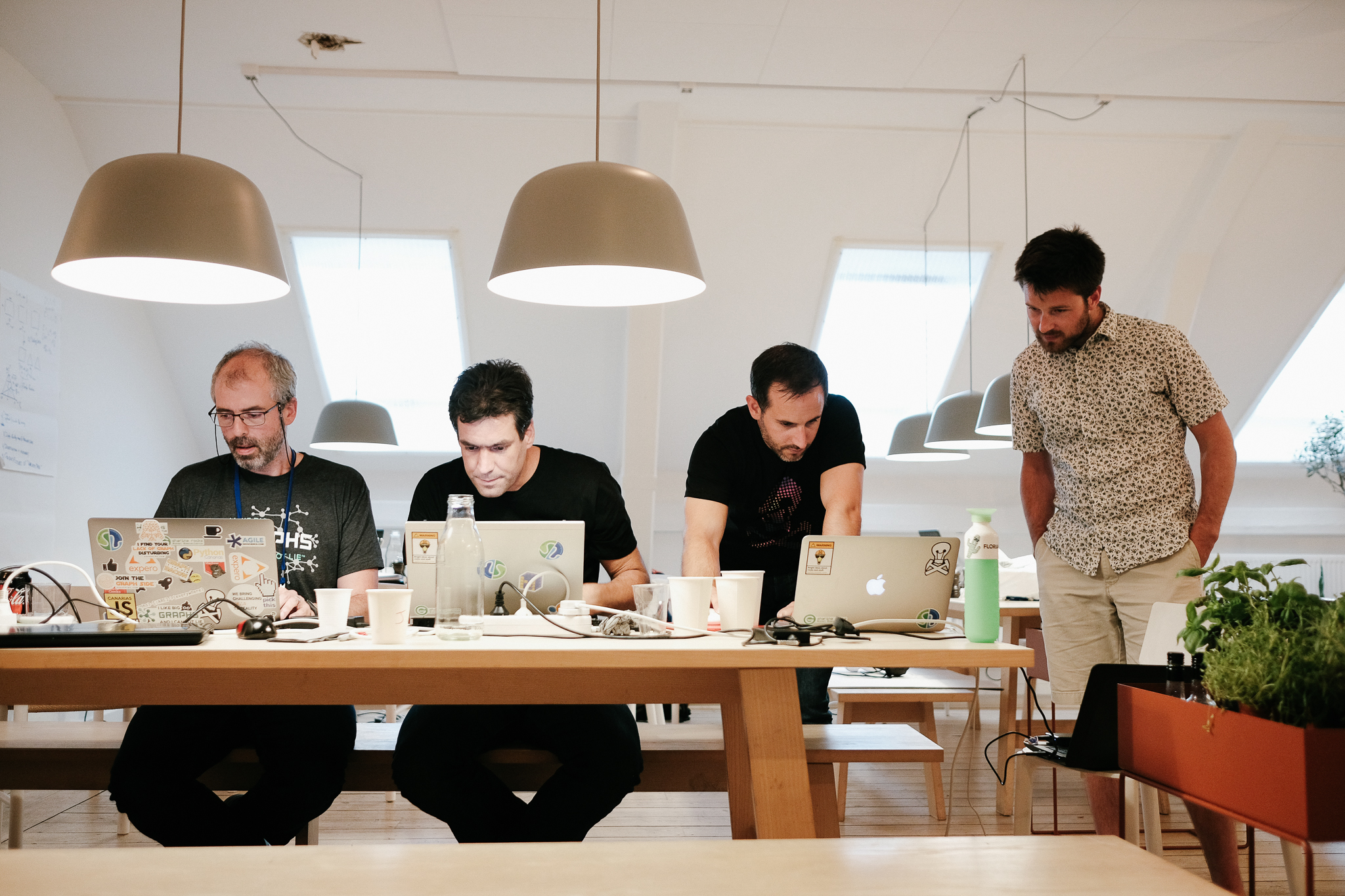
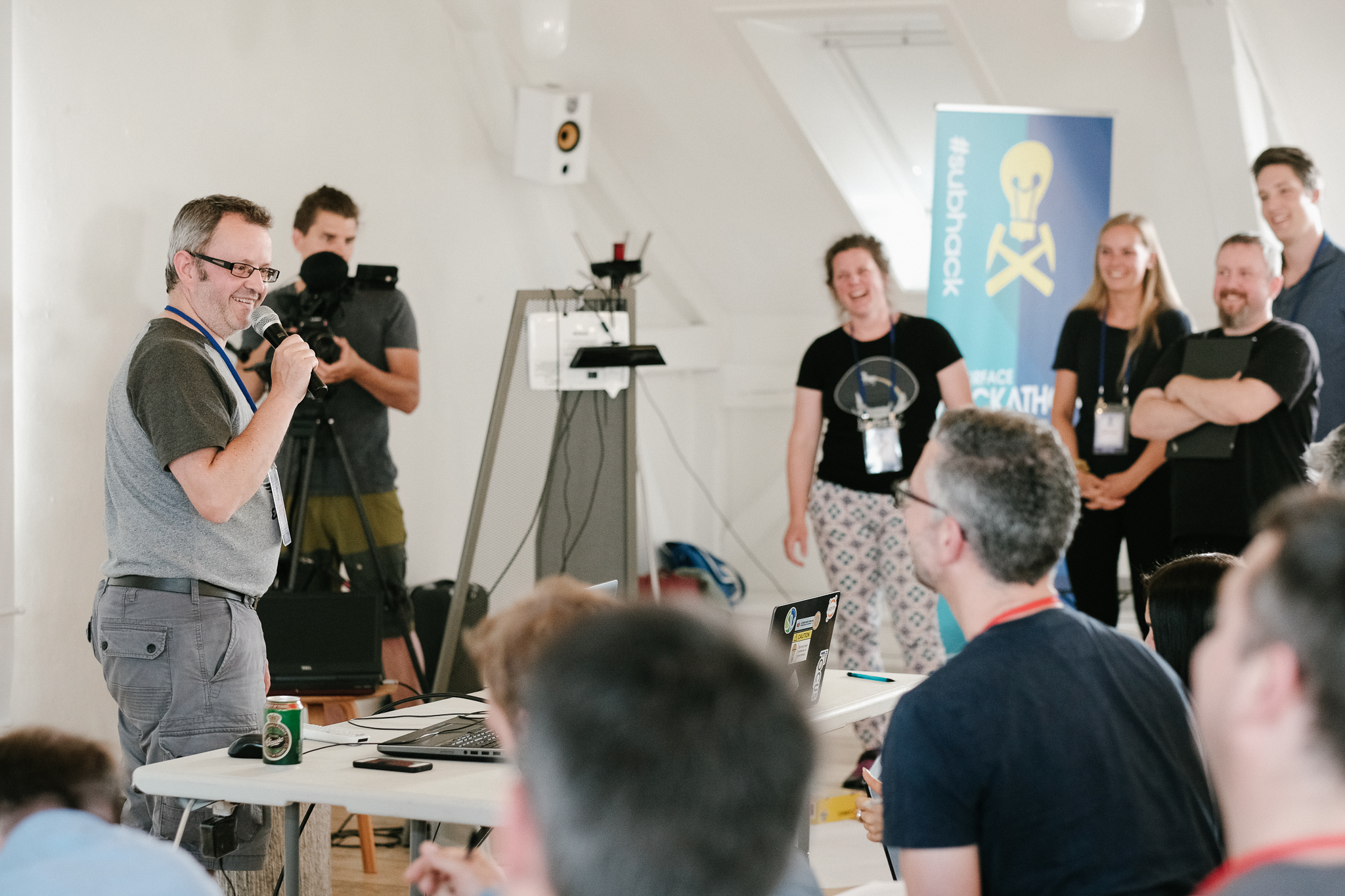
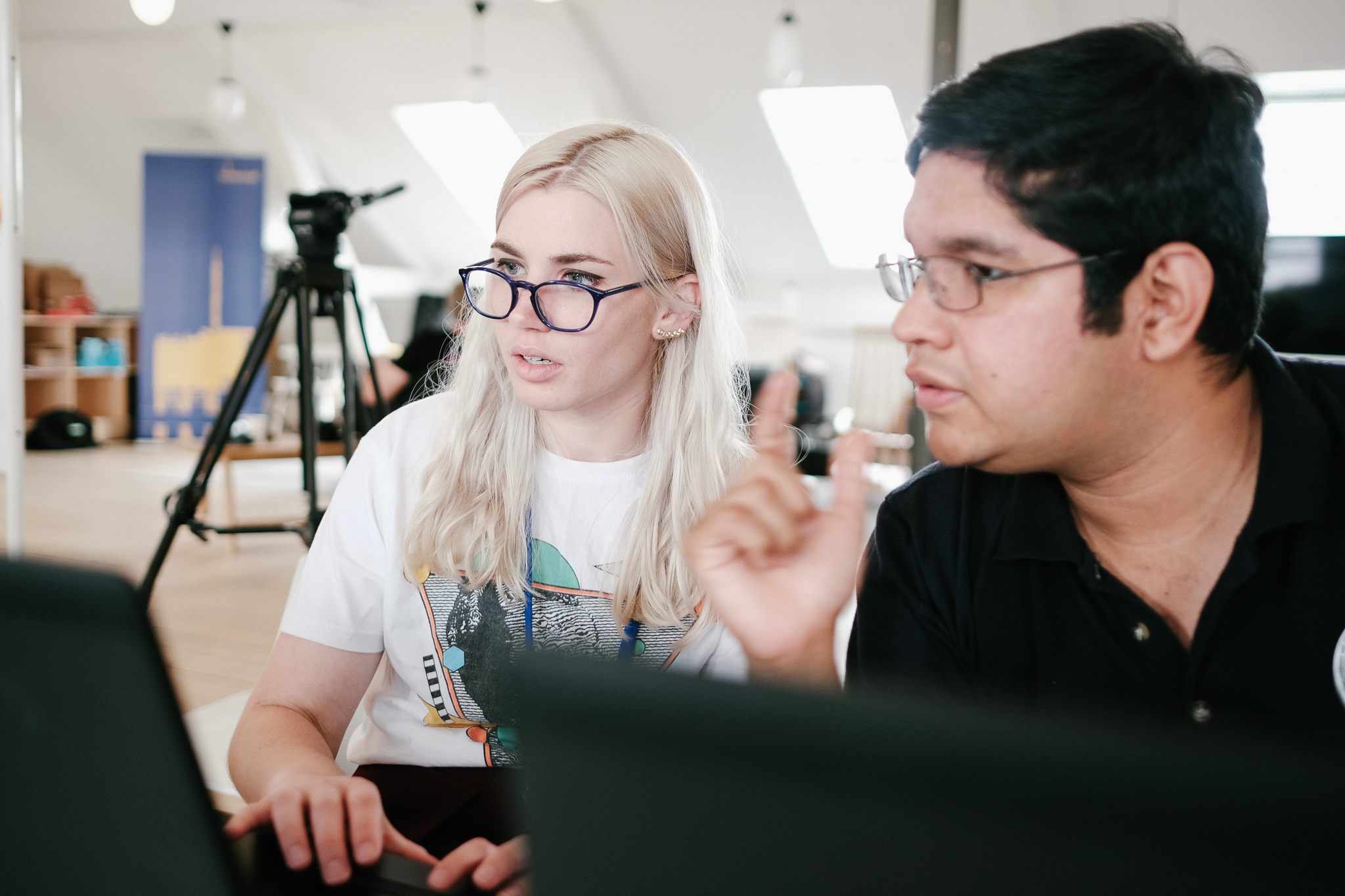
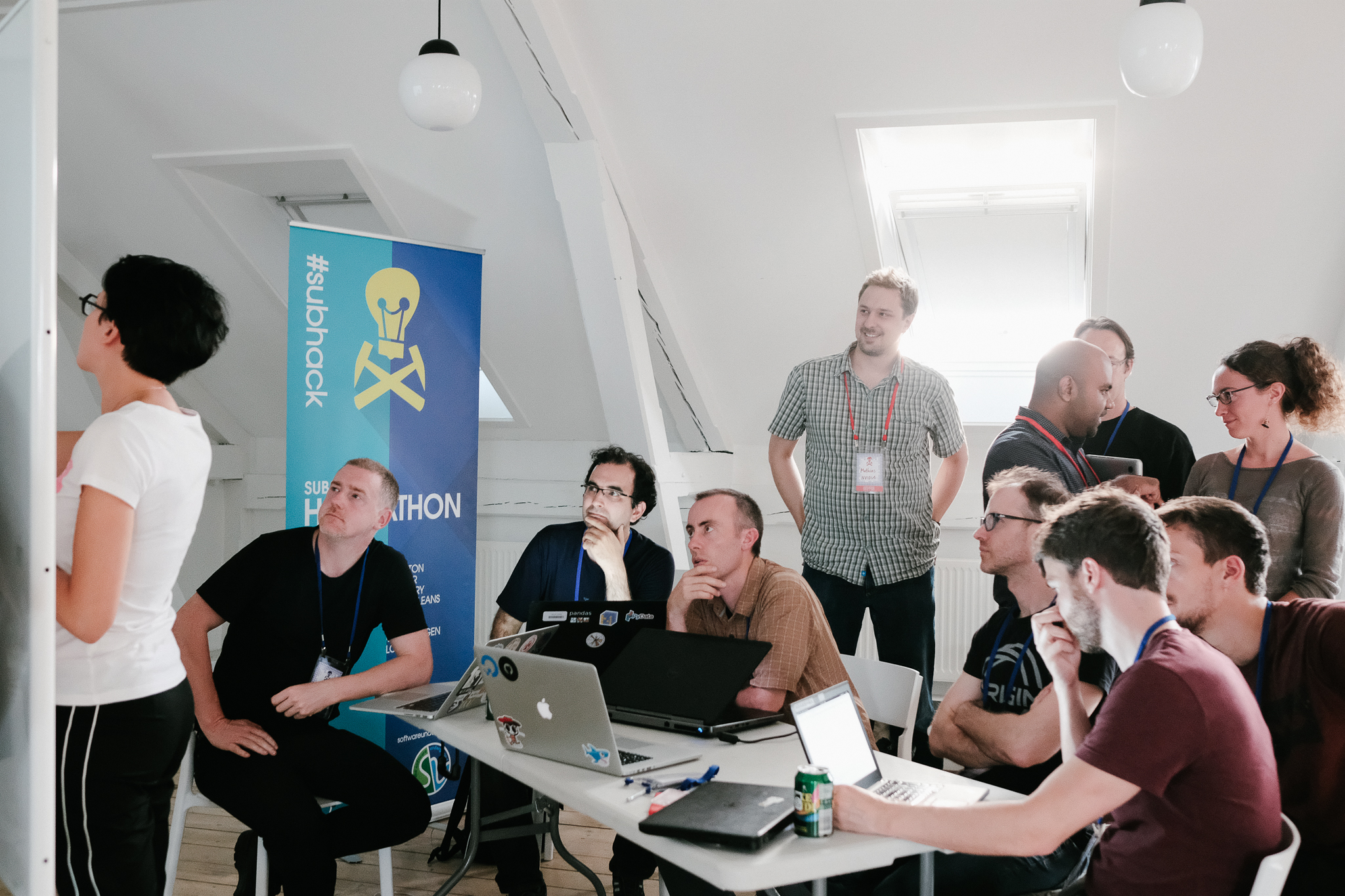

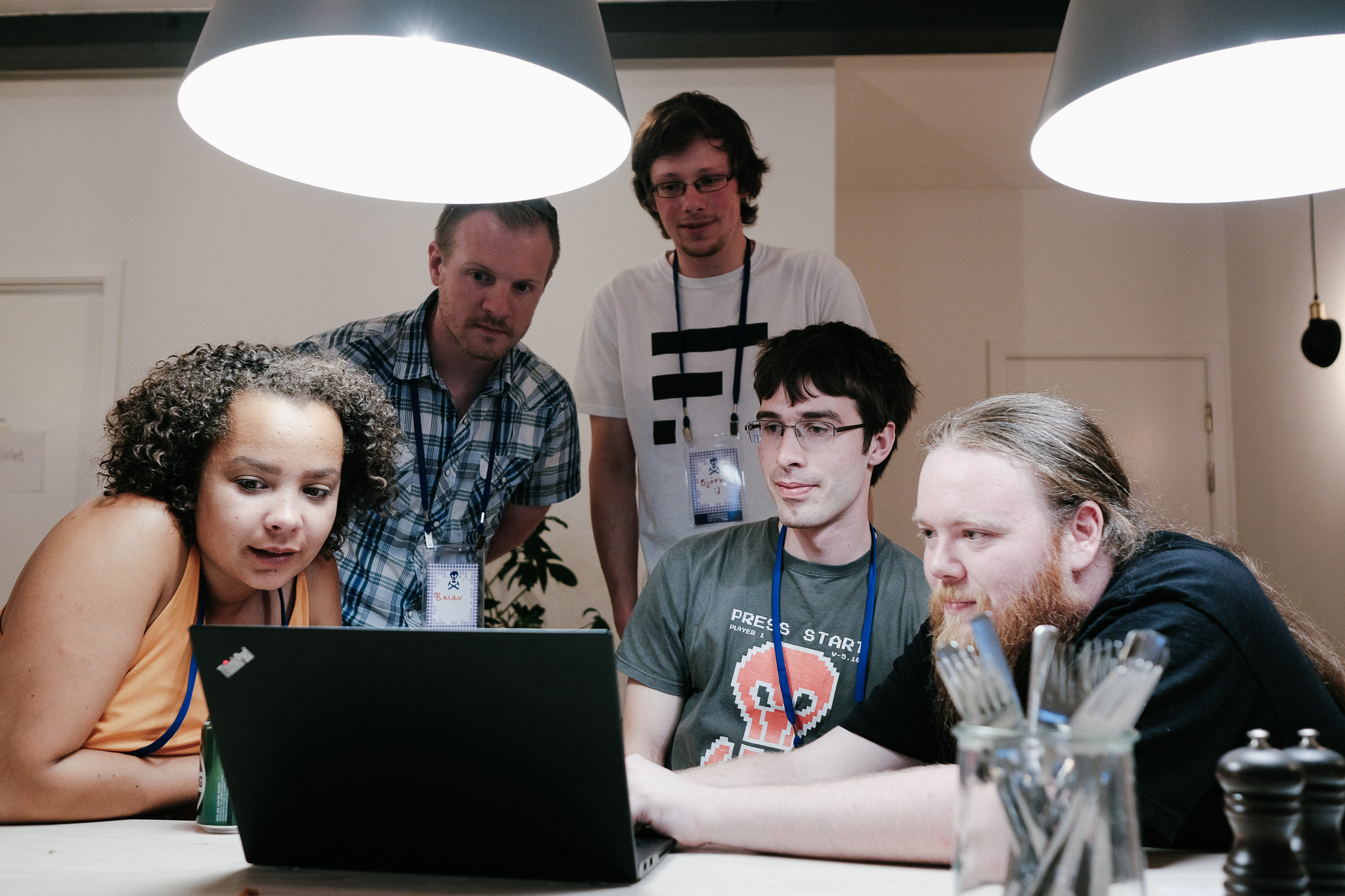
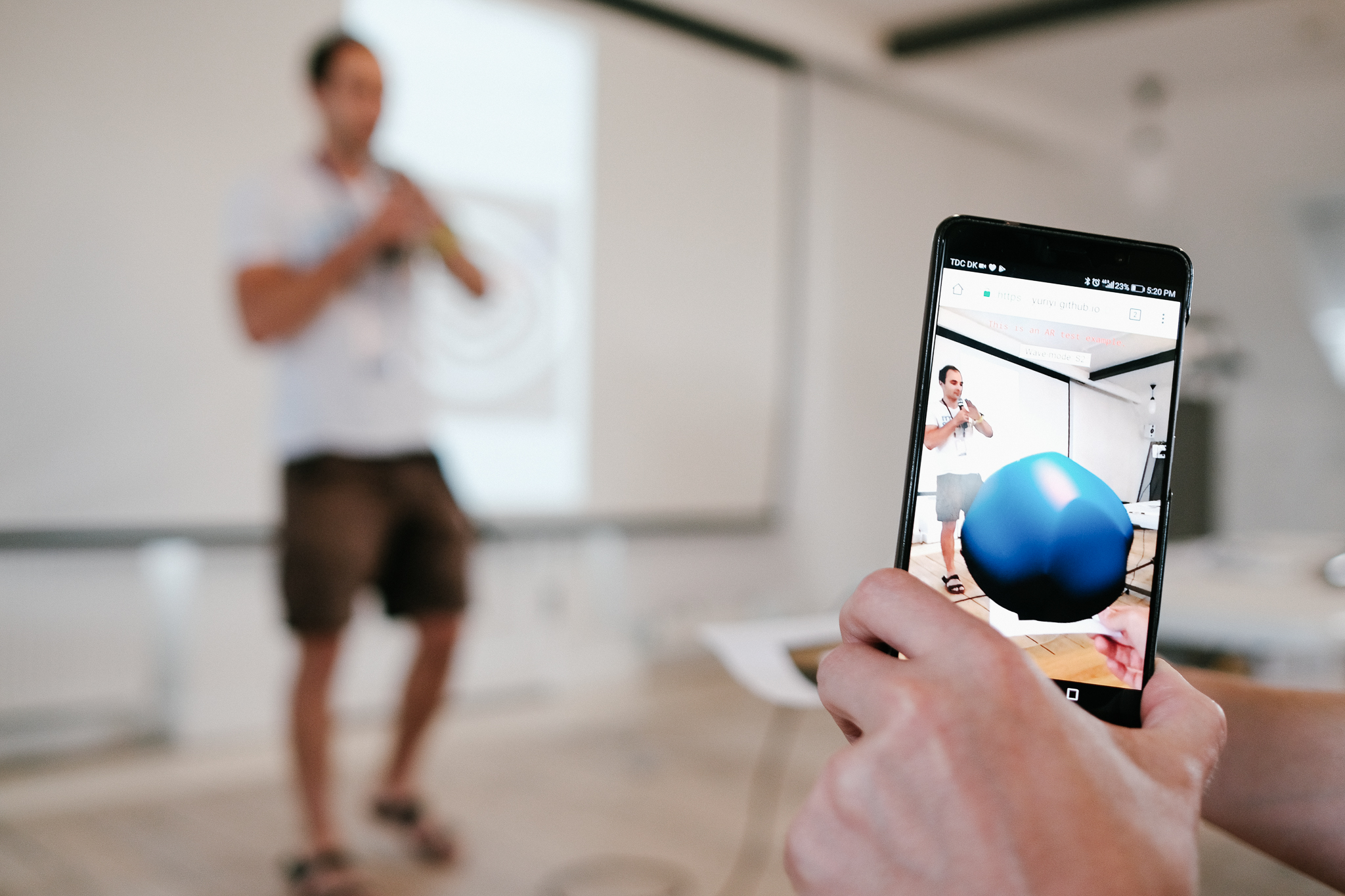

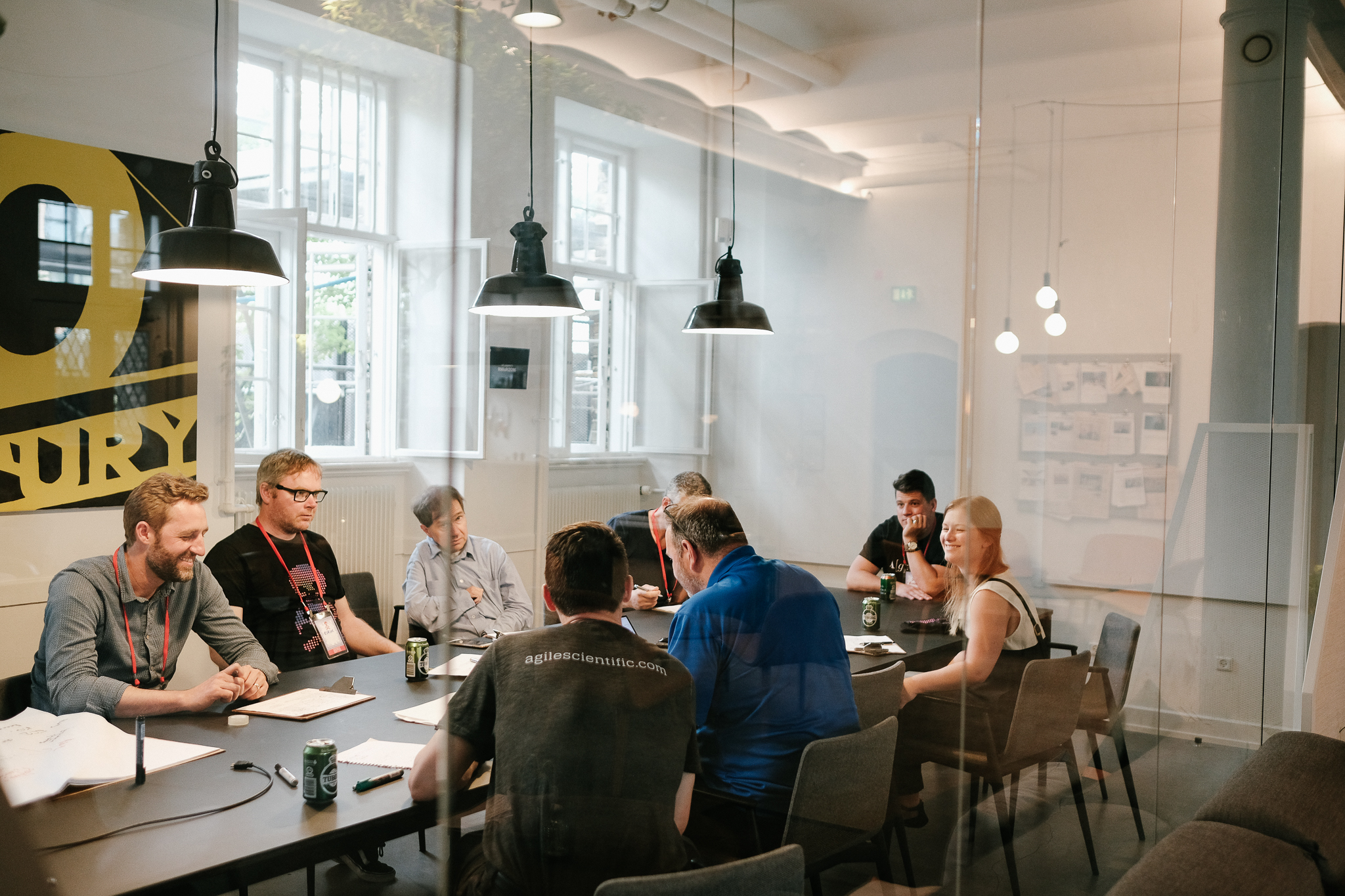

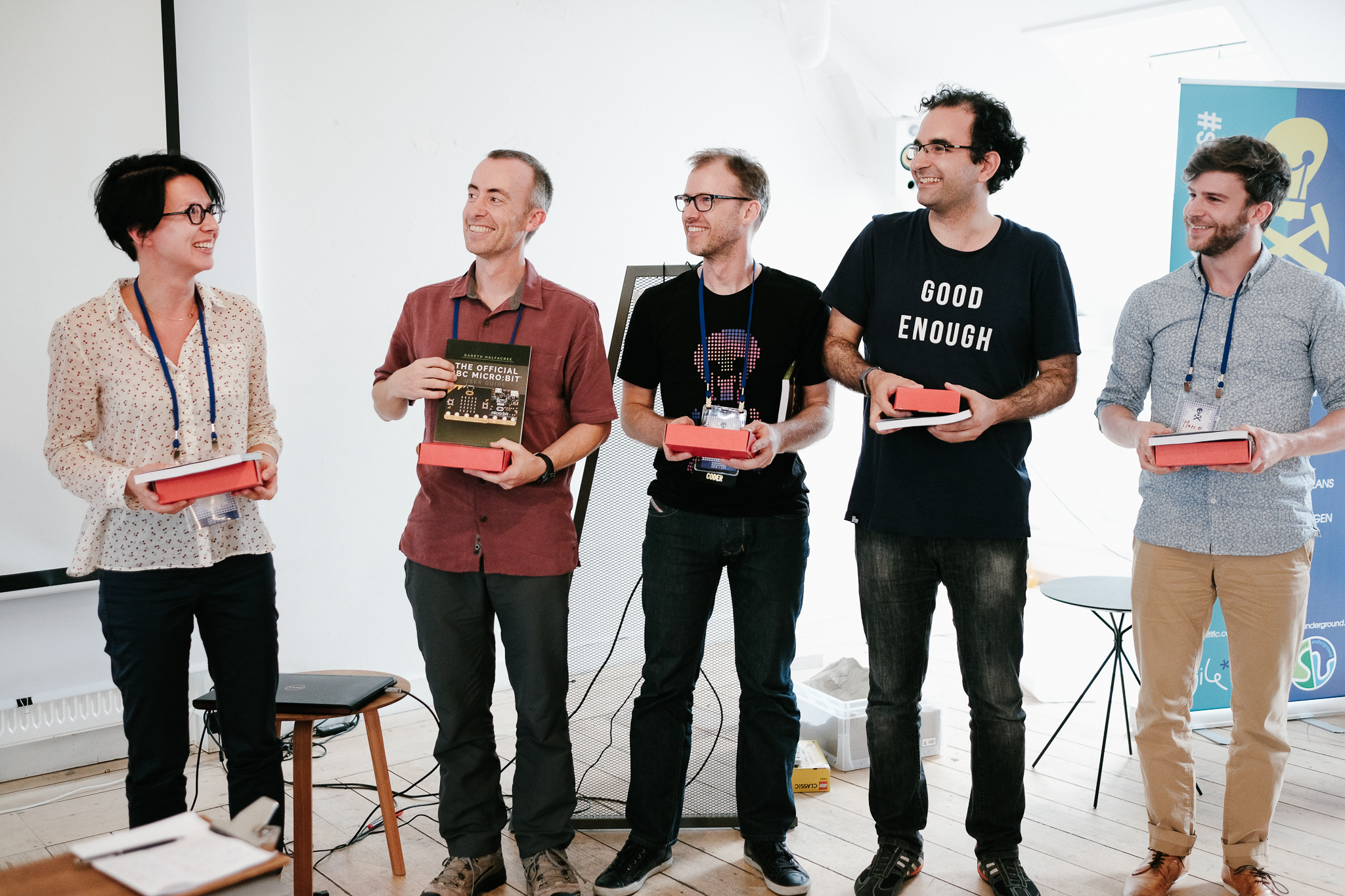




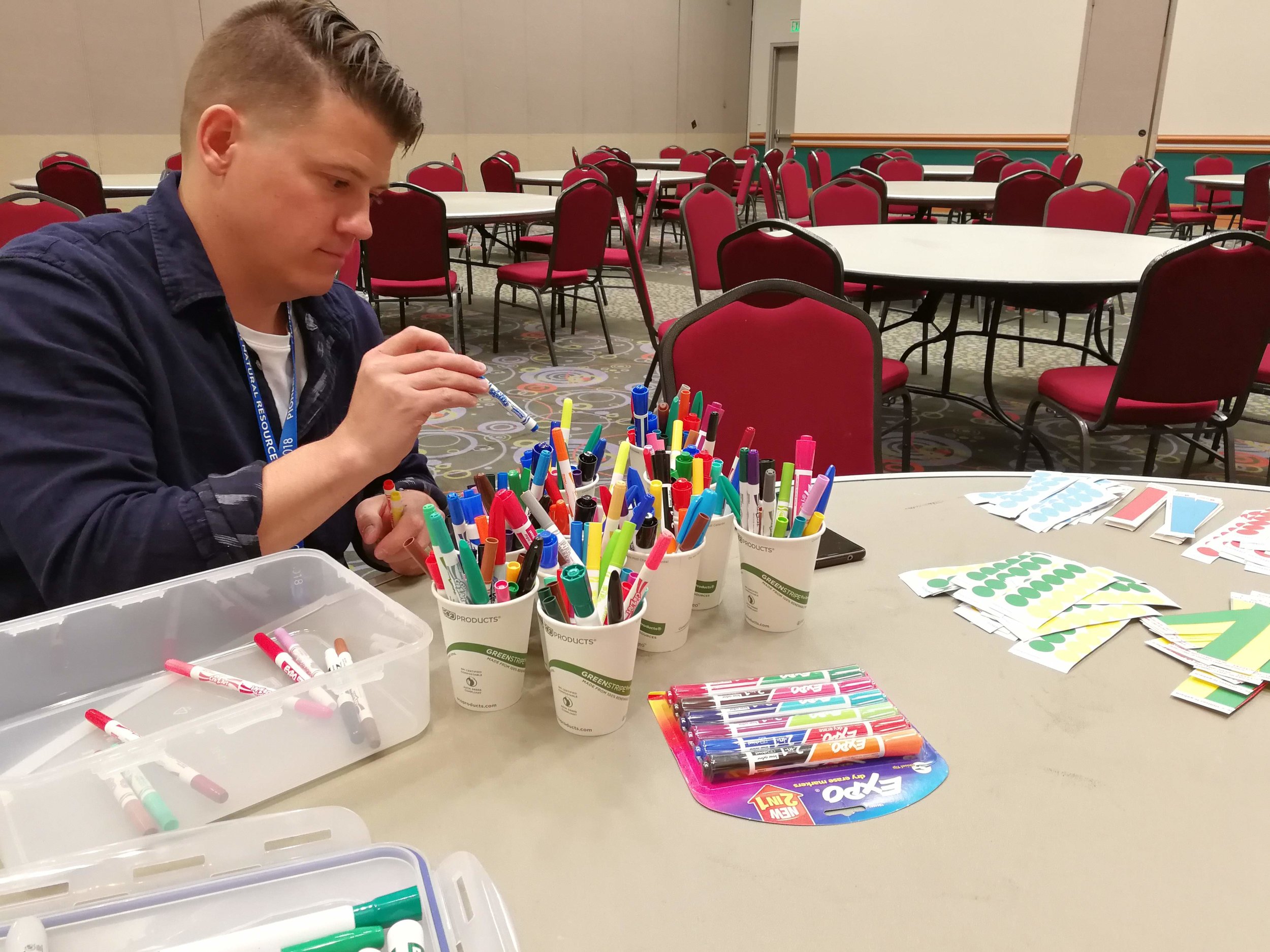
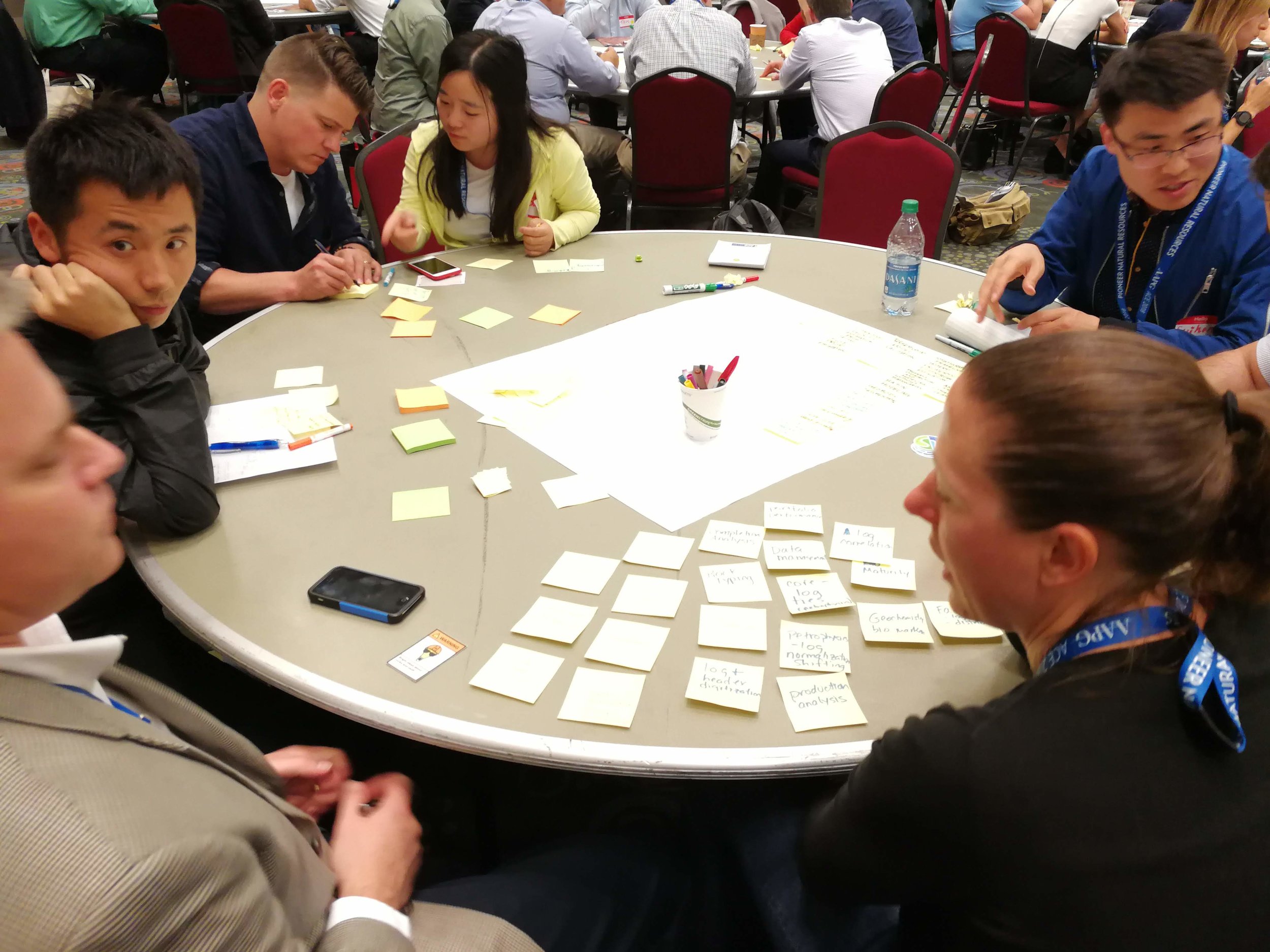
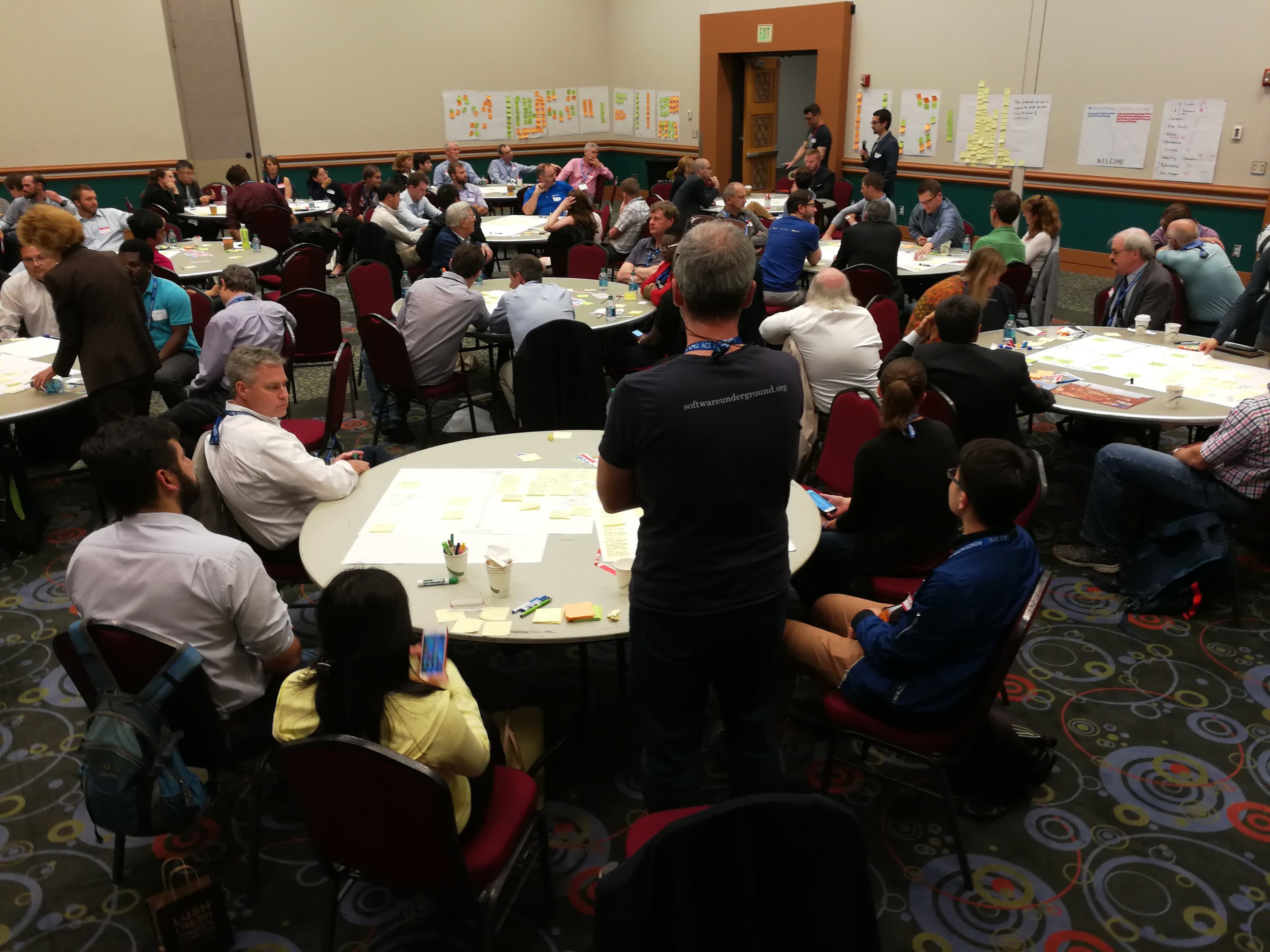
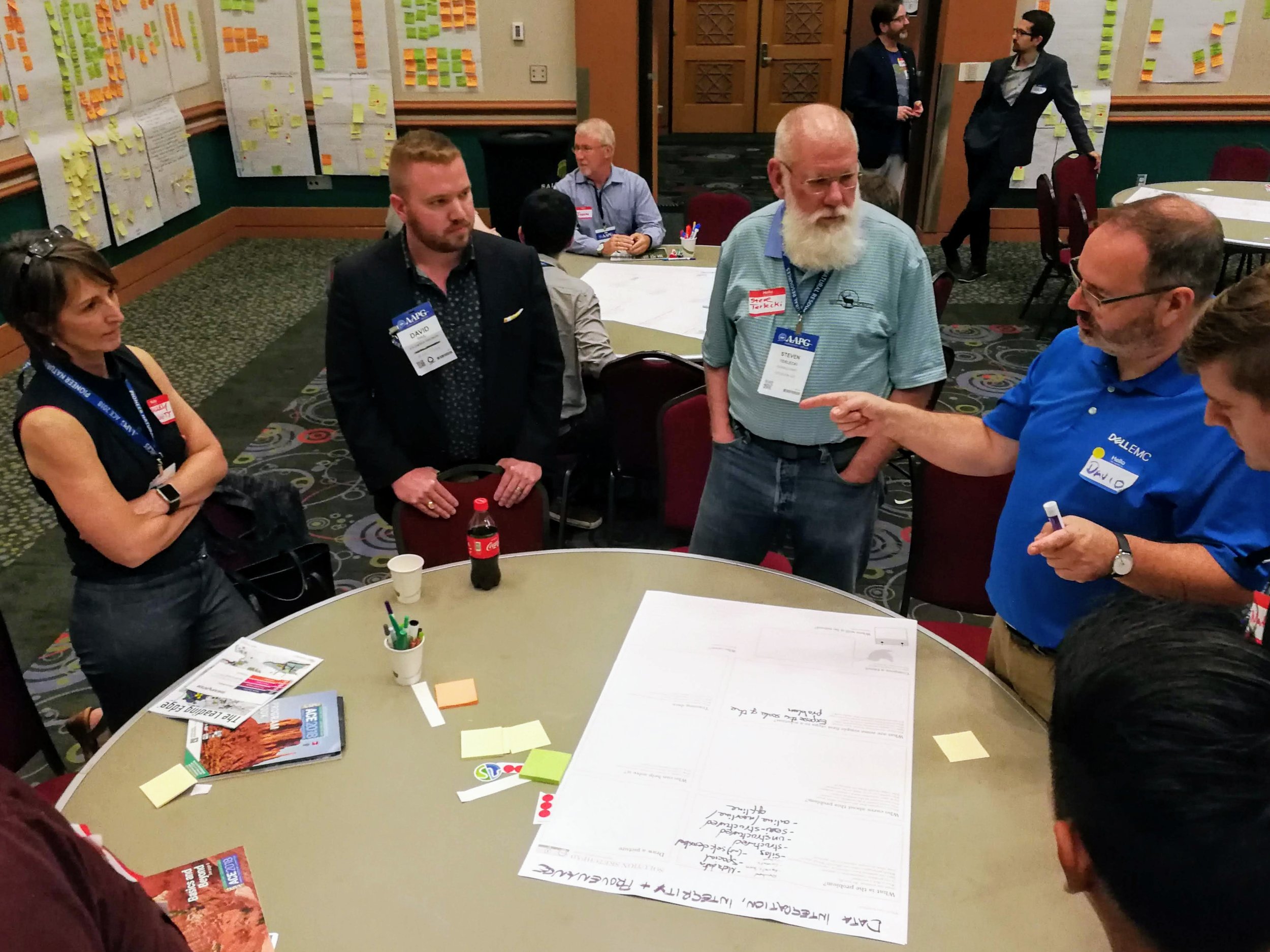
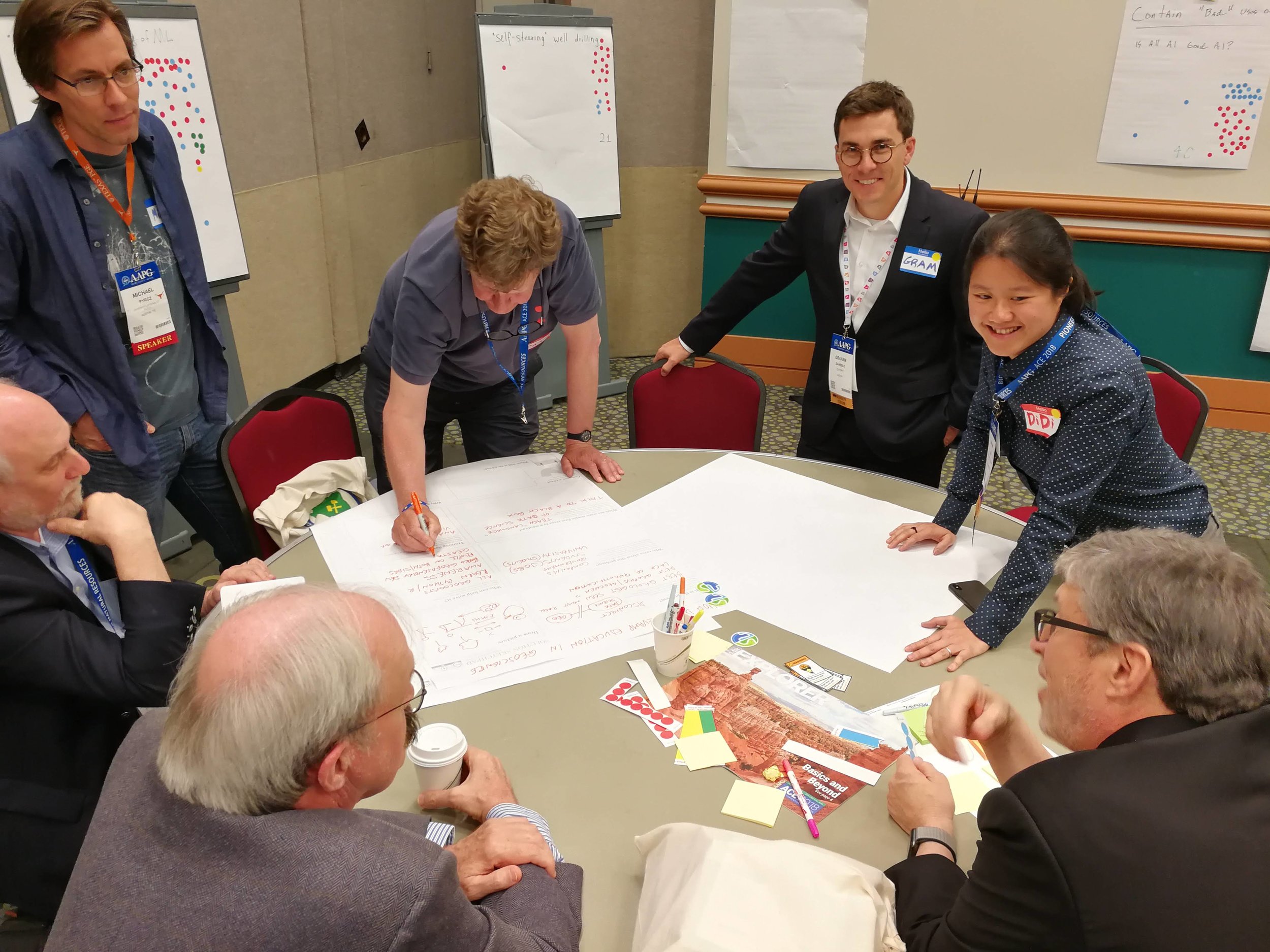
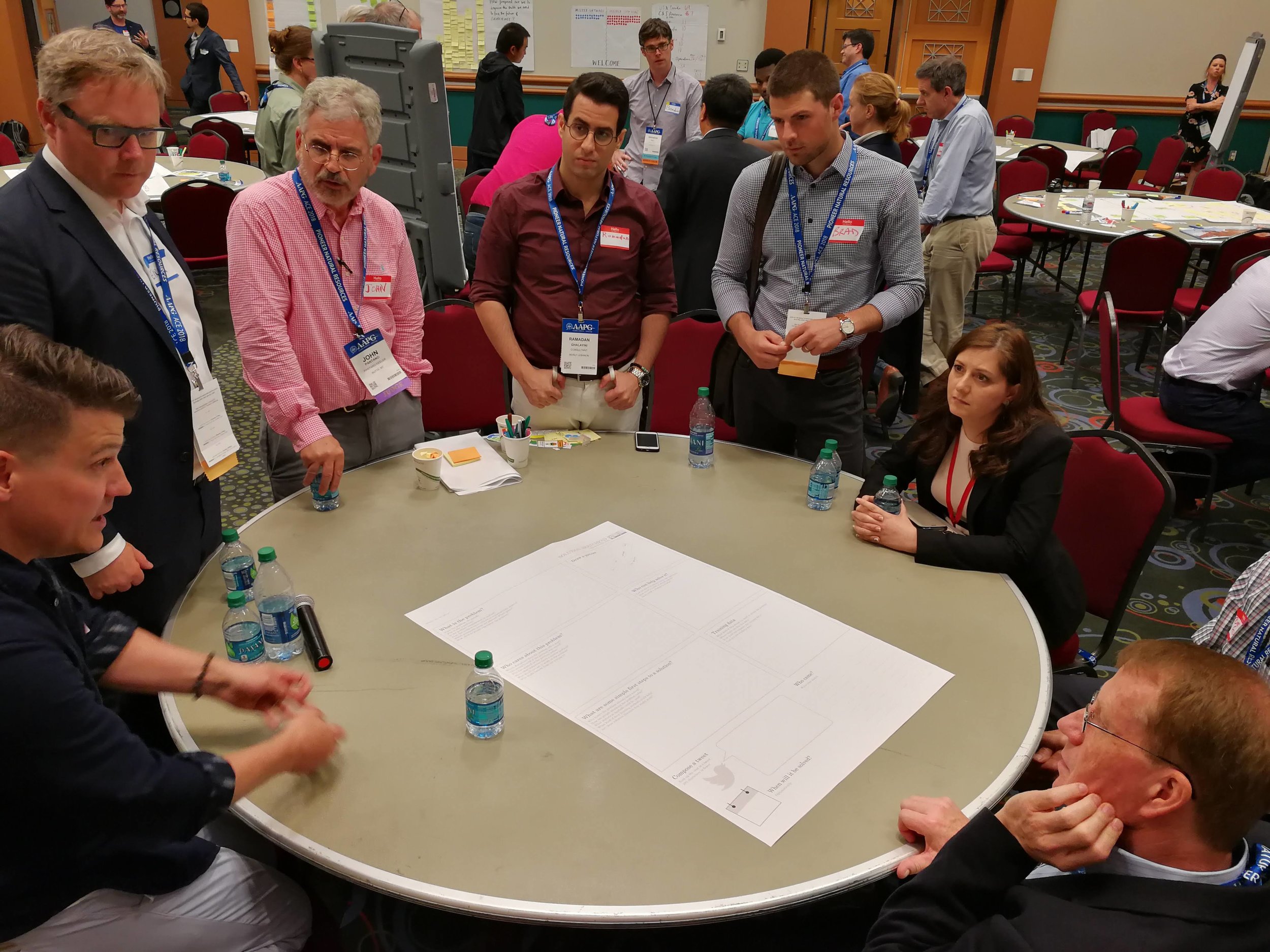
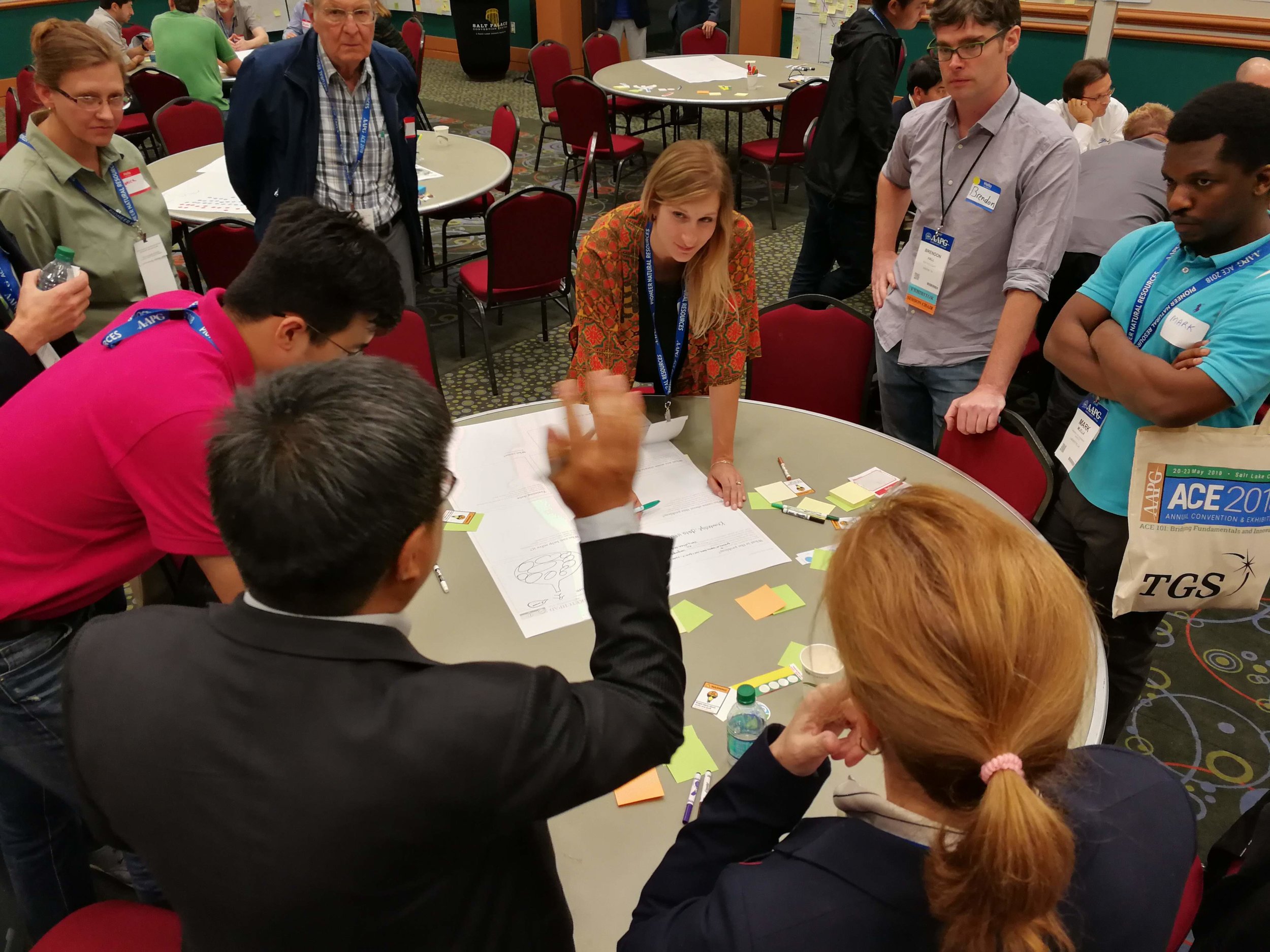
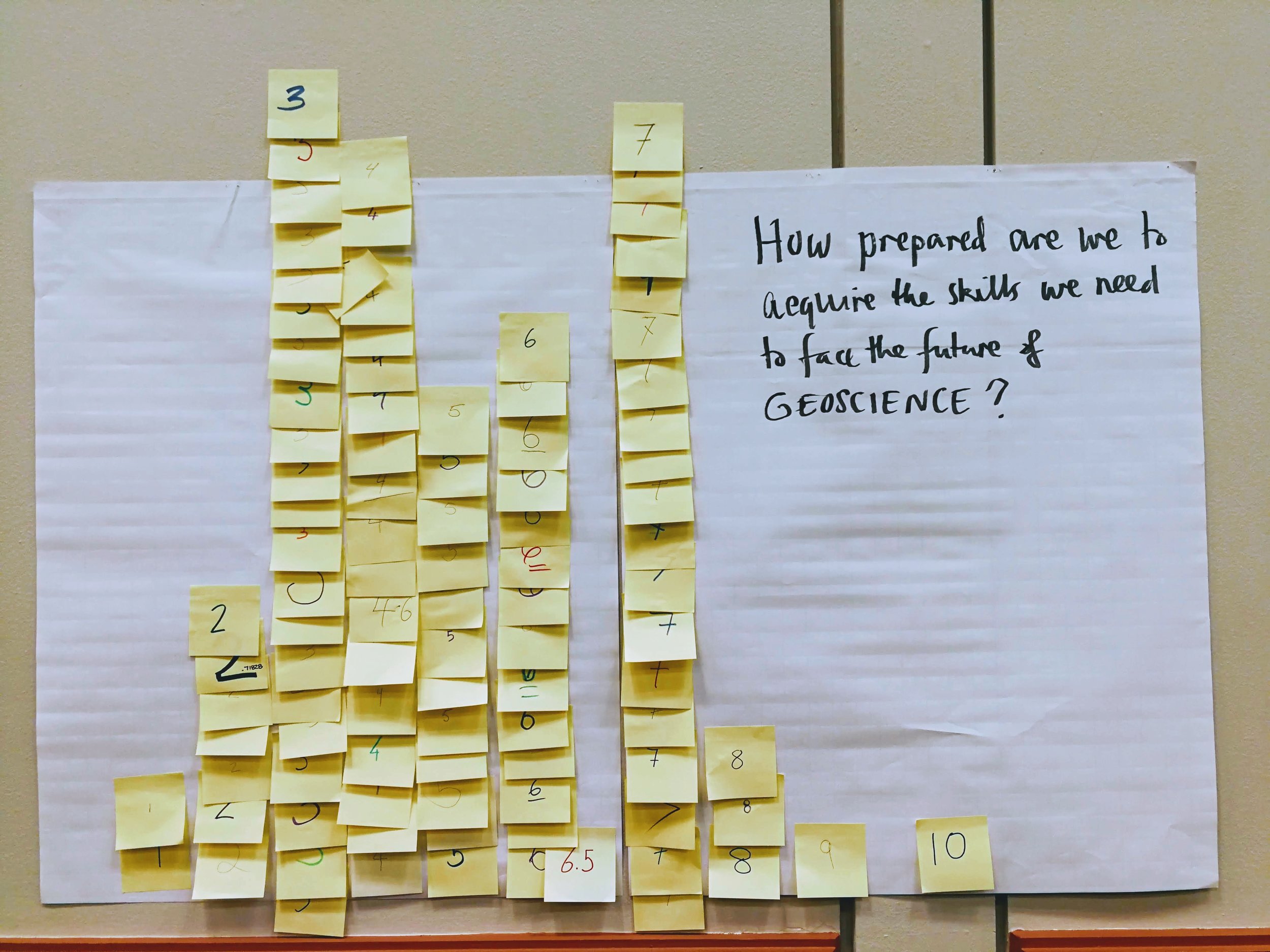
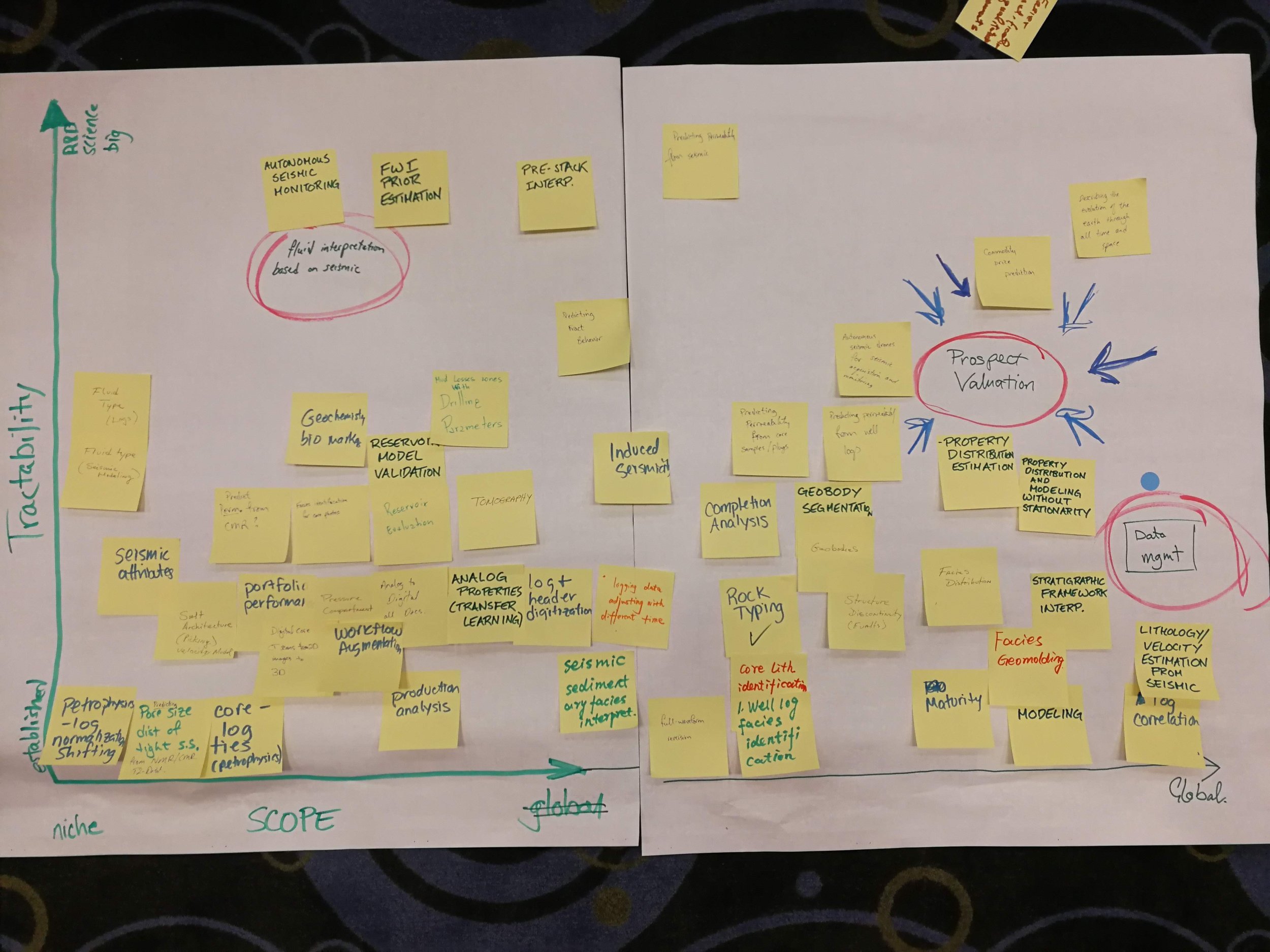

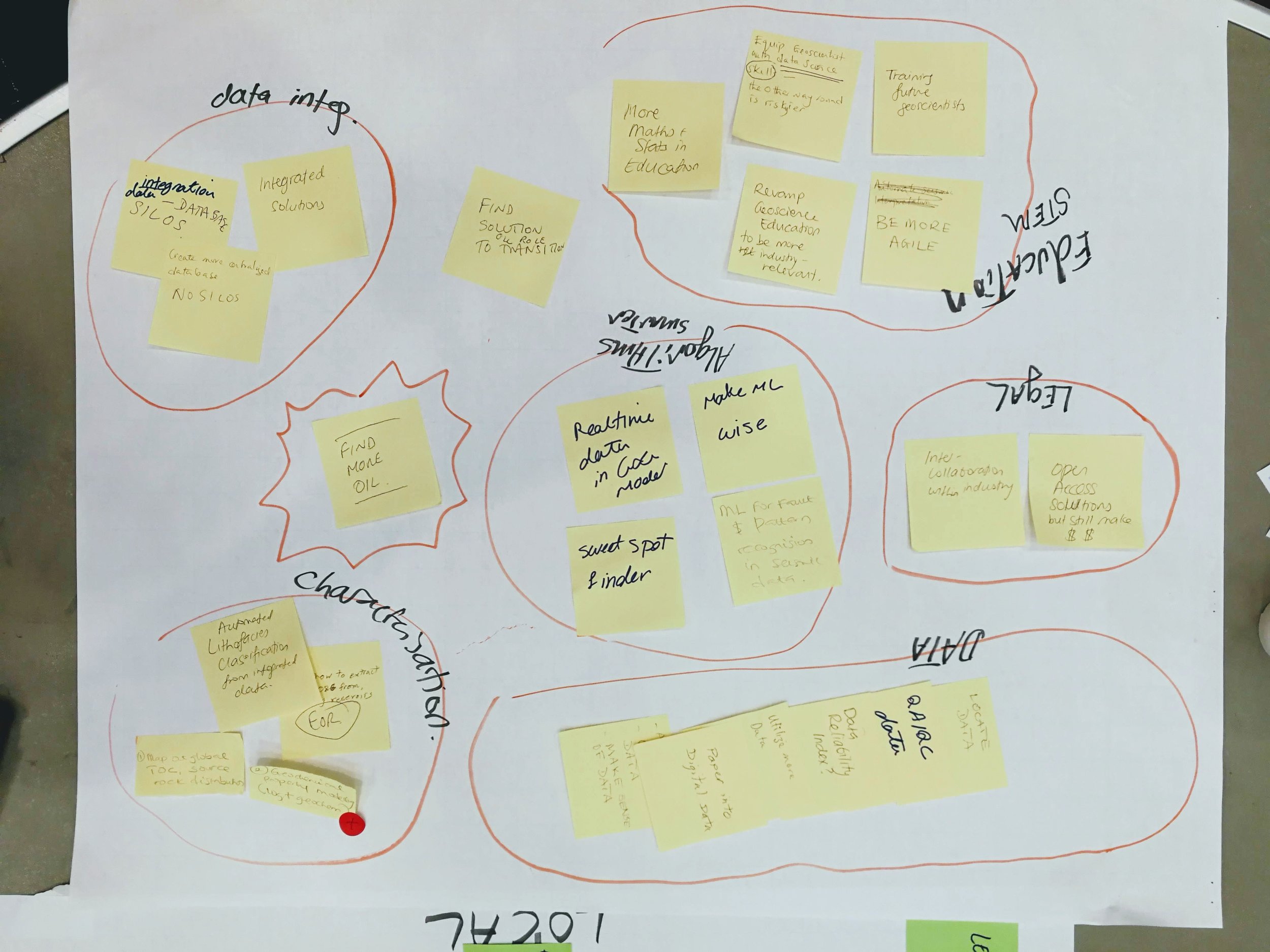
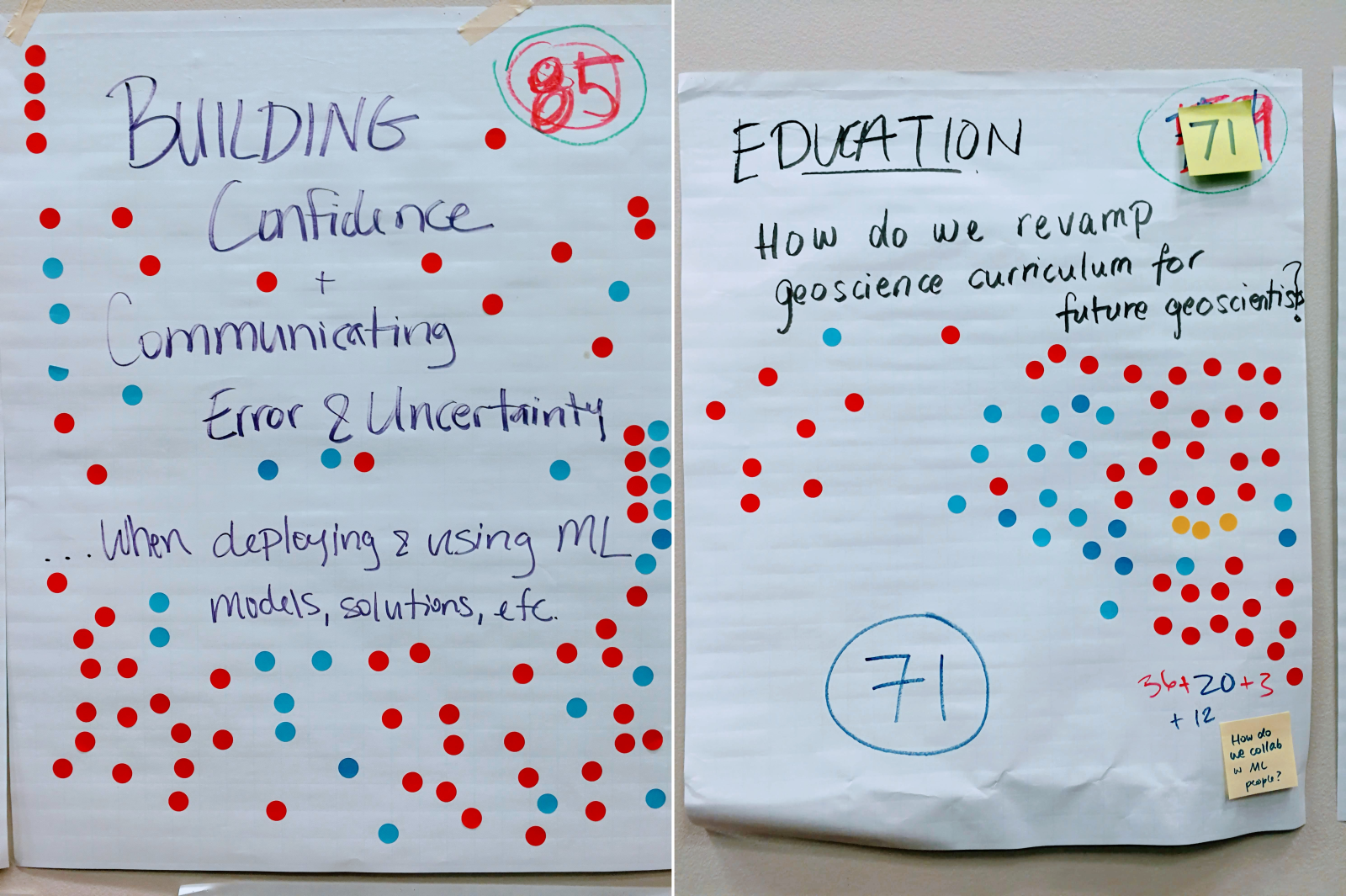
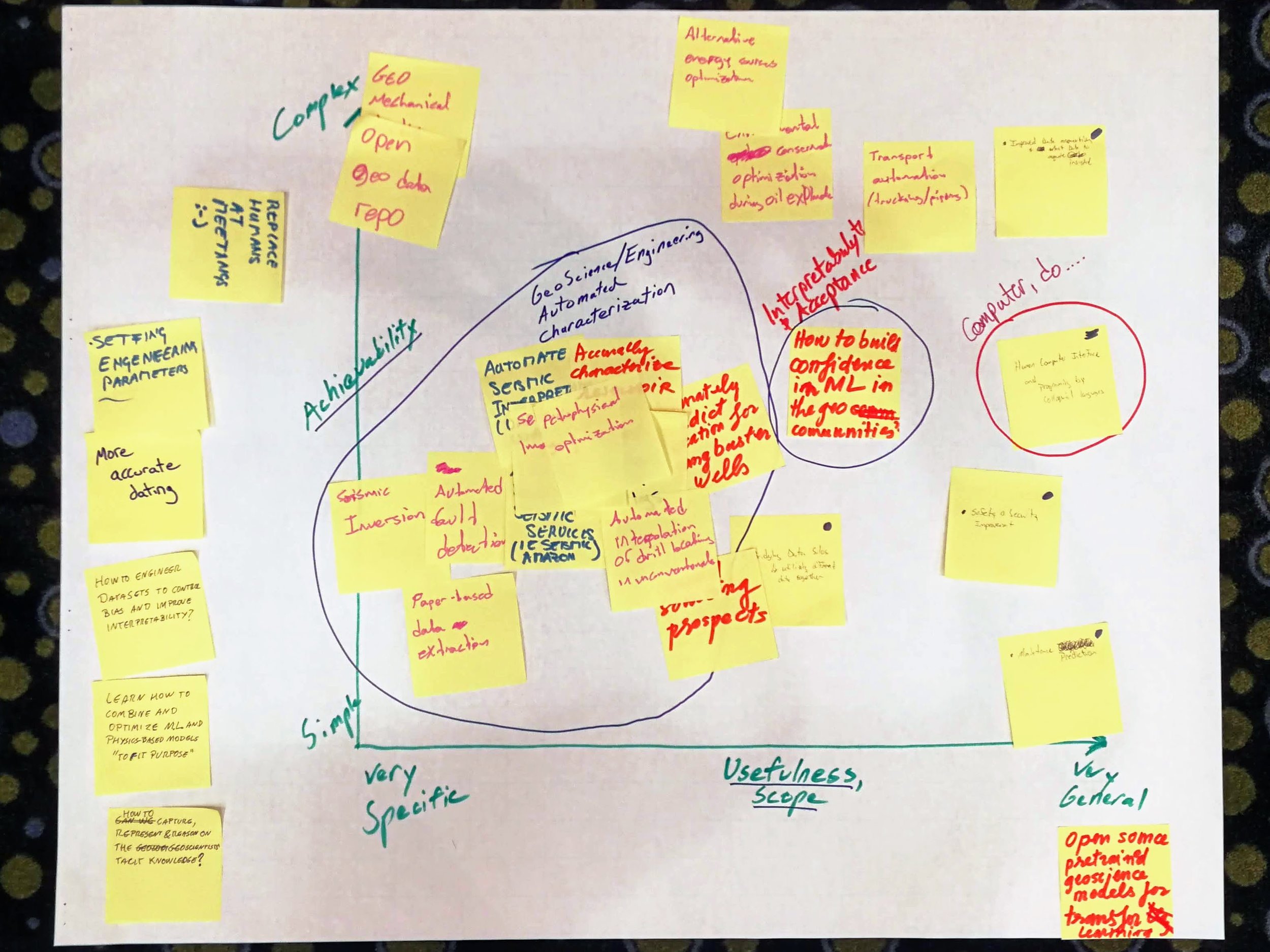
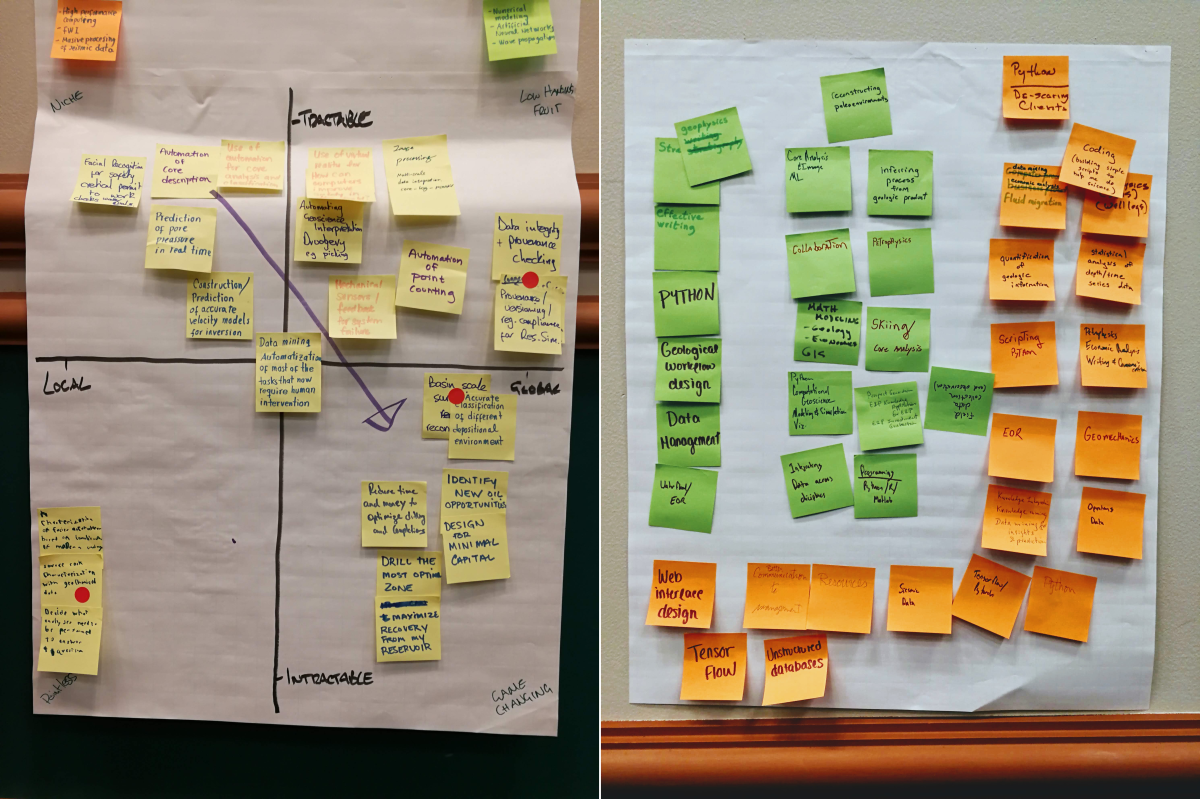









 Except where noted, this content is licensed
Except where noted, this content is licensed